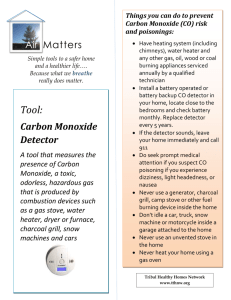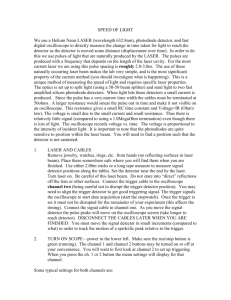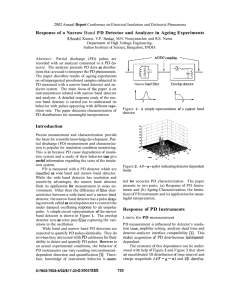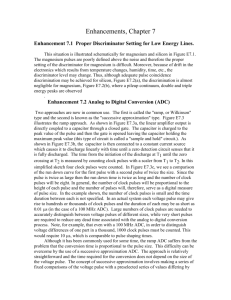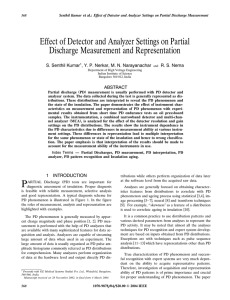ELT Detector Package Test Procedures Results
advertisement
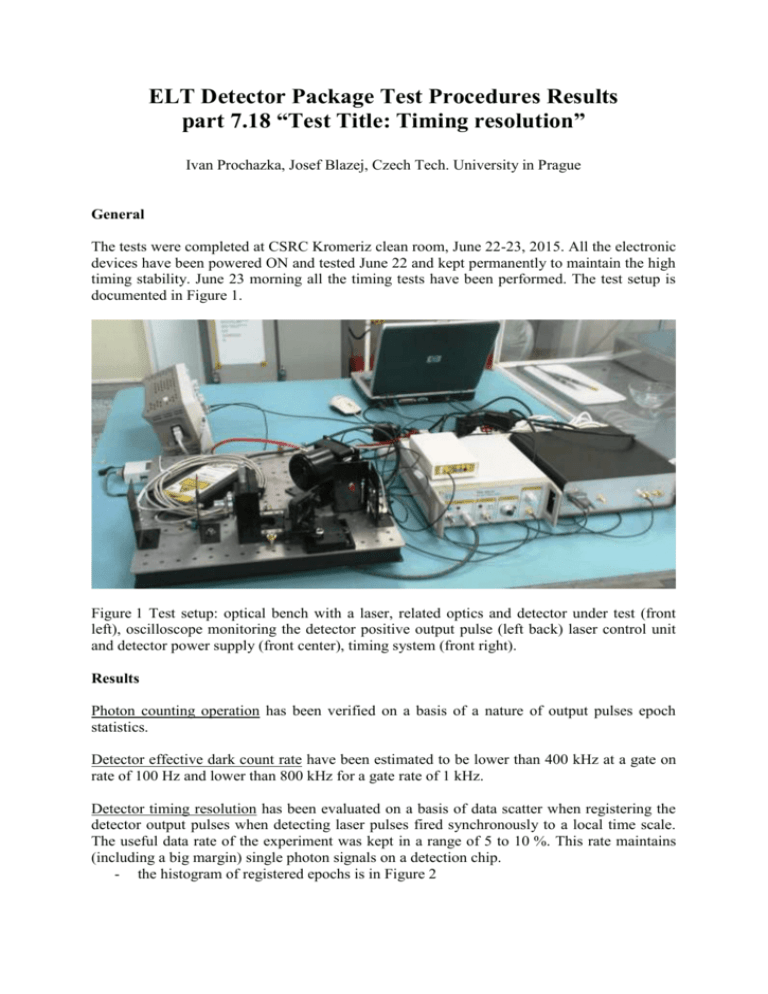
ELT Detector Package Test Procedures Results part 7.18 “Test Title: Timing resolution” Ivan Prochazka, Josef Blazej, Czech Tech. University in Prague General The tests were completed at CSRC Kromeriz clean room, June 22-23, 2015. All the electronic devices have been powered ON and tested June 22 and kept permanently to maintain the high timing stability. June 23 morning all the timing tests have been performed. The test setup is documented in Figure 1. Figure 1 Test setup: optical bench with a laser, related optics and detector under test (front left), oscilloscope monitoring the detector positive output pulse (left back) laser control unit and detector power supply (front center), timing system (front right). Results Photon counting operation has been verified on a basis of a nature of output pulses epoch statistics. Detector effective dark count rate have been estimated to be lower than 400 kHz at a gate on rate of 100 Hz and lower than 800 kHz for a gate rate of 1 kHz. Detector timing resolution has been evaluated on a basis of data scatter when registering the detector output pulses when detecting laser pulses fired synchronously to a local time scale. The useful data rate of the experiment was kept in a range of 5 to 10 %. This rate maintains (including a big margin) single photon signals on a detection chip. - the histogram of registered epochs is in Figure 2 Figure 2 histogram of registered epochs, the “2.2*sigma” data editing algorithm was used to compute the measurement overall precision of 46 ps. The overall precision / sigma was evaluated 46 ps rms. This value is a convolution of a laser pulse length, timing resolution of the detector and of the instrumental response function of the test chain. The contribution of the test chain (timing system) is of the order of units of picoseconds and may be neglected. The laser pulse length is typically 100 ps FWHM (Data Sheet). Considering this laser pulse length the timing resolution of the detector is 19 ps rms. This value is identical to a timing resolution measured on BB3 and EM of the detector packages. In connection to a laser pulses 50 ps long (or shorter) this detector timing resolution will result in a precision better than 30 ps rms, as required. Detector output pulses have been recorded on an oscilloscope RIGOL with a bandwidth of 300 MHz and 2 Gs/s sampling rate. The output pulses, both positive and negative outputs, are illustrated Figure 3. Figure 3 Detector output signals recorded on oscilloscope with a bandwidth of 300 MHz The output pulses amplitudes and width can be determined on a basis of Figure 3. The real output pulses rise/fall times are faster than that ones of the recording device (~1 ns). One can conclude, that the detector output pulses rise/fall times are significantly faster than 1 ns.



